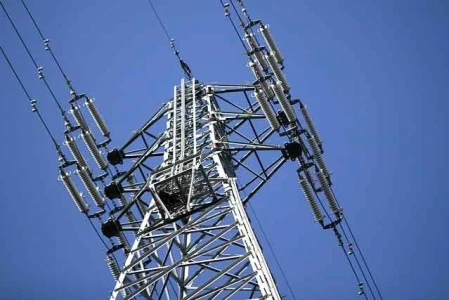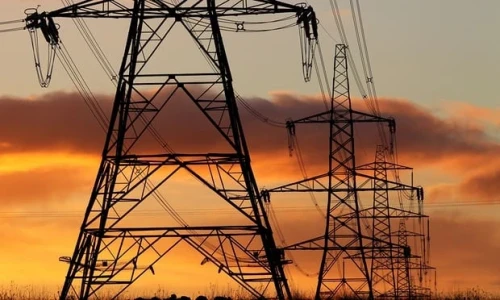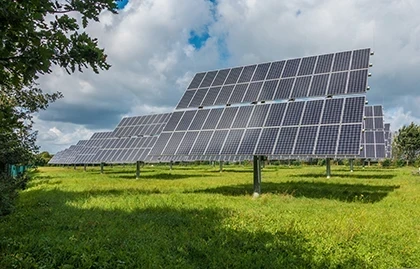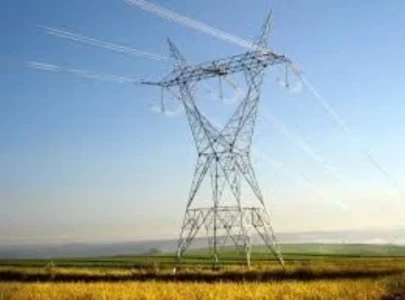SouthCoast Wind Project Faces Third Delay Amid Uncertainty
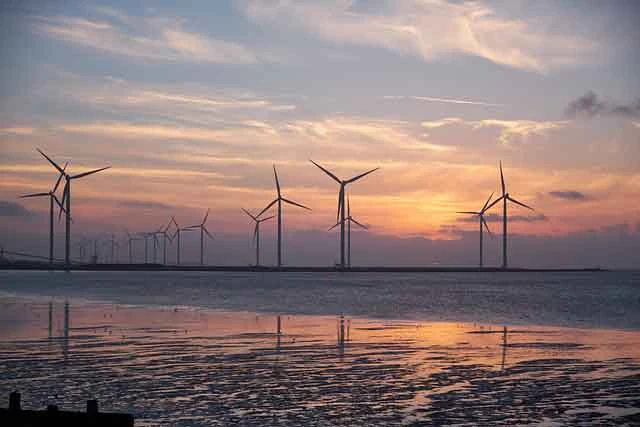
The SouthCoast Wind project, a major offshore wind initiative set to deliver clean energy to the New England grid, has encountered significant delays as contract negotiations stretch into their third extension. The project, located south of Martha’s Vineyard and Nantucket, has already been subjected to multiple setbacks, primarily due to shifting federal policies and increasing costs driven by inflation and supply chain disruptions. These hurdles have delayed the finalization of contracts and raised concerns about the long-term viability of offshore wind projects in the region.
A Complex Negotiation Landscape
Initially slated to begin construction in 2026, the SouthCoast Wind project had planned to provide up to 1,287 megawatts of electricity, making it a cornerstone of the region’s transition to renewable energy. However, the process of securing contracts to sell power from this project has been fraught with difficulties. The most recent setback occurred in early April, when SouthCoast Wind, alongside Rhode Island and Massachusetts utilities, announced a three-month extension to finalize contract terms. This extension marks the third delay in what has already been a complex series of negotiations since the tri-state power purchase agreements were first proposed in 2023.
Rebecca Ullman, a spokesperson for SouthCoast Wind, explained that the delays were due in part to the uncertainty surrounding federal policy, particularly the ramifications of actions taken during the Trump administration. Policies halting new offshore wind leases and the ongoing regulatory uncertainty have created a challenging environment for wind developers, impacting contract finalization.
The current agreement would see the bulk of the energy—1,087 MW—delivered to Massachusetts, while Rhode Island would receive the remaining 200 MW. These agreements are critical not only for the utility companies but also for achieving regional decarbonization goals.
The Impact of Political and Policy Shifts
The SouthCoast Wind project has been affected by political changes at the federal level. Under the Trump administration, an executive order halting new offshore wind leases cast a shadow over projects that had already received federal approval. Although the Biden administration has since reversed many of these policies, the lingering effects of regulatory uncertainty continue to complicate the project's timeline.
According to Lauren Diggin from the Massachusetts Department of Energy Resources, federal policy remains a key factor in these projects. “Federal policy is an important factor in these projects and the parties are working to gain greater certainty before finalizing the contracts,” Diggin said. The uncertain political landscape has left many wind developers in limbo, unsure of whether or when final approvals and contracts will come through.
Additionally, former President Trump’s vocal opposition to offshore wind energy projects has further fueled concerns, especially in states like Rhode Island and Massachusetts that have committed to aggressive decarbonization targets. While these states have enacted laws to reduce carbon emissions, the political volatility has introduced challenges that are making it difficult for developers and utilities to proceed without assurance that their projects will continue to receive the necessary support and approvals.
Supply Chain Issues and Inflationary Pressures
Beyond political concerns, the SouthCoast Wind project, like many others, is facing escalating costs due to supply chain disruptions and inflationary pressures. The rising cost of materials, combined with delays in the manufacturing and delivery of offshore wind turbines, has led to financial challenges for developers. These rising costs have prompted some companies, including SouthCoast Wind, to renegotiate pricing agreements in an effort to cover the increased expenses. This situation has put additional pressure on utility companies and ratepayers, who are ultimately responsible for covering the costs of these delays.
Ocean Winds, the European parent company of SouthCoast Wind, has already acknowledged these challenges, writing down the value of its North American portfolio by €267 million (approximately $275 million) due to the delays. Company executives noted that the delays could extend the project’s timeline by as much as four years, further complicating the financial landscape for the project.
A Critical Energy Transition
Despite these challenges, the SouthCoast Wind project remains a key piece of the energy transition puzzle for the New England region. With the region’s commitment to reducing its carbon footprint and expanding its renewable energy sources, the offshore wind project is seen as an essential component in achieving these goals. Rhode Island, in particular, has set aggressive decarbonization targets under the Act on Climate Law, and projects like SouthCoast Wind are critical to meeting these mandates.
Representative Michelle McGaw, whose district includes the proposed underwater cable route for SouthCoast Wind, expressed concern about the uncertainty surrounding the project but remains hopeful that the latest extension will provide clarity on how federal policies will impact the development of offshore wind in the region. “It’s hard to make concrete decisions in an environment where there’s so much uncertainty,” McGaw said.
The Road Ahead
As the June 30 deadline looms, SouthCoast Wind and its partners continue to navigate a complex landscape filled with regulatory uncertainty, supply chain disruptions, and political challenges. While the delays have caused frustration, they also highlight the broader difficulties facing the offshore wind industry as it strives to expand and contribute to the global transition to renewable energy.
For now, stakeholders in Rhode Island, Massachusetts, and the offshore wind industry are working to finalize contracts, with hopes that the political climate will stabilize and allow for the successful implementation of projects like SouthCoast Wind. The future of offshore wind energy in the U.S. may depend on the resolution of these uncertainties, which will ultimately shape the region’s ability to meet its ambitious energy and environmental goals.

